Of the Truncus vagalis anterior is a nerve branch of the vagus nerve involved in the parasympathetic innervation of the stomach and liver. In this way the visceromotor fibers of the nerve control parts of the involuntary organ activity. Failure of the anterior vagal trunk leads to dysregulation of the liver and stomach.
What is the anterior vagus trunk?
The vagus nerve corresponds to the tenth cranial nerve and is also the largest nerve of the parasympathetic nerve. Its branches are involved in the regulation of almost all internal organ activities, which is what gave the nerve its name. Literally translated, nervus vagus means something like "wandering nerve".
The anterior vagal trunk is a branch of the vagus nerve. The nerve branch has its origin in the oesophageal plexus, the nerve plexus of the esophagus between the entrance to the chest and the passage through the diaphragm. The plexus, together with the vagus, gives off many fibers to the esophagus, then merges into the gastric plexus and is connected to the cardiac plexus. The Truncus vagalis anterior contains Rami gastrici anteriores and Rami hepatici, which belong to the left part of the Nervus vagus. The vagus nerve carries general-somatosensitive, general-visceromotor and especially-visceromotor fibers, general-viscerosensitive and especially-viscerosensitive fibers.
Anatomy & structure
The anterior vagus trunk, like the vagus nerve, carries parasympathetic nerve fibers that arise from the nucleus dorsalis nervi vagi or the back core of the vagus nerve in the area of the medulla oblongata. The nucleus dorsalis nervi vagi and thus the nucleus of the trunk of the vagalis anterior is a cranial nerve nucleus of the brain stem and at the same time a parasympathetically important nucleus.
The nucleus is made up of motor neurons of relatively small size. Due to their small size, their axons do not reach the region to be innervated directly, but are connected to an additional neuron in the ganglia. The nucleus is made up of general visceromotor fibers. The core area is controlled by afferent sensitive fibers from the nucleus tractus solitarii and hypothalamus. Due to a twisting of the stomach during embryonic development, the anterior vagal trunk primarily contains the fibers from the left vagus nerve and gives off two branches itself.
The rami gastrici anteriores run to the anterior surface of the stomach and also innervate the lesser curvature. The Rami hepatici of the Truncus vagalis anterior run to the liver, where they form the Plexus hepaticus or the liver nerve plexus. The plexus gives off the Ramus pyloricus to the gatekeeper.
Function & tasks
The vagus nerve parasympathetically influences the chest and abdominal organs. The parasympathetic innervation of the organs is part of the vegetative innervation. Unlike the central or peripheral nervous system, this nervous system is to be understood as an autonomous nervous system. Autonomy implies that the autonomic nervous system regulates and adapts biologically determined, automatically occurring processes of the inner-body area without it being consciously perceived or deliberately influenced by humans. The Truncus vagalis anterior contains special general visceromotor fibers and thus enables the contraction of the involuntary muscles, i.e. the movements of the viscera in the narrower sense.
The motor function of the innervated organs takes place via visceroefferent signals. The truncus vagalis anterior with its rami gastrici anteriores is responsible for the motor functions of the anterior stomach surface and the lesser curvature. In addition, it controls the activity of the liver with the hepatic plexus and the actions of the gastric porter with the pyloric ramus. Like all vegetative nerve fibers, those of the anterior vagus trunk are essential for survival. The vagus nerve supplies both smooth and striated muscles with visceromotor fibers and is therefore one of the most important nerves for human organ activity.
The nucleus spinalis nervi trigemini is located in the medulla oblongata and medulla spinalis as the nerve core for the generally somatosensitive fiber parts of the vagus nerve. The general visceromotor fibers have their origin in the nucleus dorsalis nervi vagi of the medulla oblongata. The core of the special visceromotor vagus fibers is the nucleus ambiguus of the medulla oblongata. The fibers that are generally and especially visceral sensitive arise from the nucleus tractus solitarii.
Diseases
When the vagus nerve is compressed, there are also disorders of the anterior vagal trunk, in addition to many other nerve disorders. The vagus nerve is anatomically affected by a certain risk of compression if the atlas or the first cervical vertebra is incorrectly positioned.
Due to its proximity to the atlas, the vagus nerve can become jammed if this vertebra is incorrectly positioned. Depending on the way the atlas is shifted, there may be pressure or irritation of the nerve that affects its functionality. This usually results in vagus nerve symptoms. In addition to nausea, stomach acidity and dizziness, vagus compression can manifest itself symptomatically as facial flushing, rapid heartbeat, neck stiffness or neck pain or headache. In addition, symptoms such as swallowing difficulties, excessive sweating, more or less severe sleep disturbances, irregular heartbeat, chronic constipation, diarrhea and thyroid problems can be attributed to a blockage of the nerve.
Primary diseases in the autonomic nervous system are rarely observed. Damage to vegetative nerves is usually caused by mechanical trauma. Such nerve damage is most often preceded by spinal cord injuries. The fibers of the vegetative nervous system pull through the spinal cord to their target organs. In addition to traumatic spinal cord lesions, spinal cord infarctions or tumors in the spinal cord are also a possible cause of functional impairment of the autonomic nervous system.
A complete failure of the autonomic nervous system is rarely observed. Since the parasympathetic and sympathetic nerves are antagonists and regulate each other interactively, the failure of one of the fiber qualities leads to severe organ disorders.

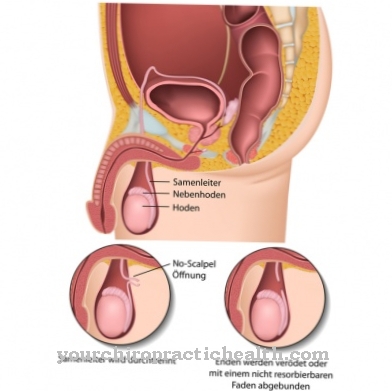
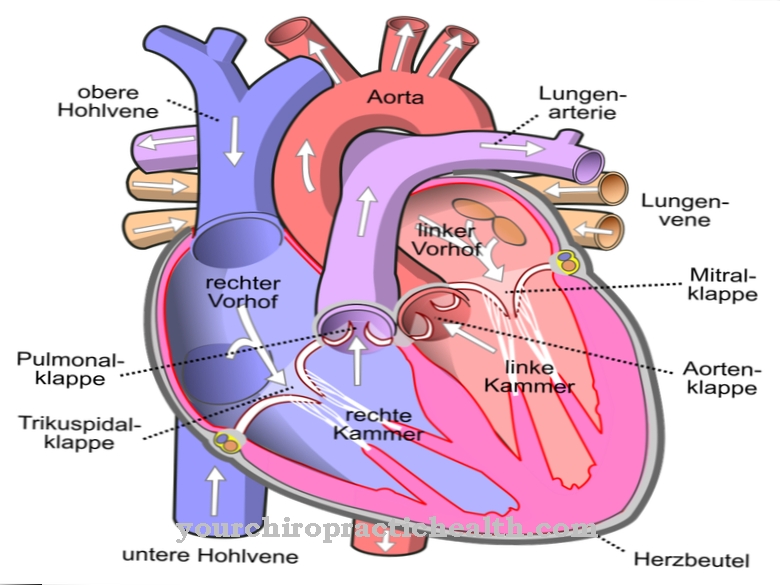
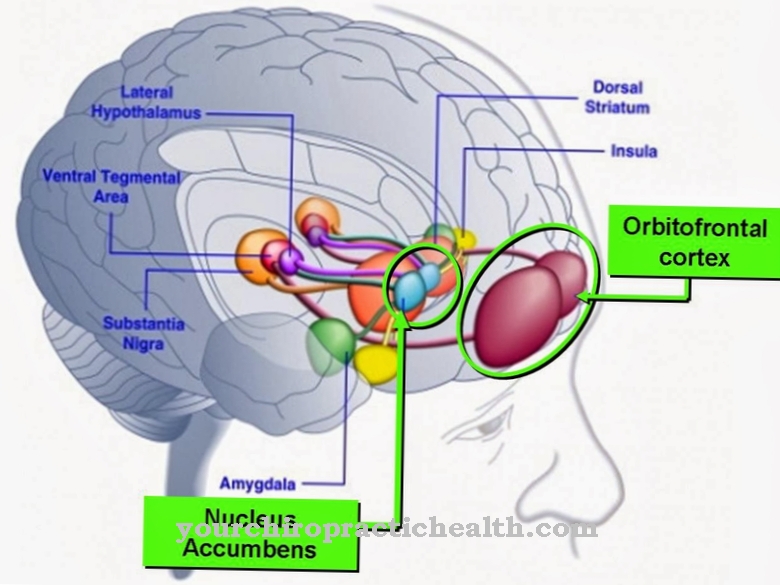

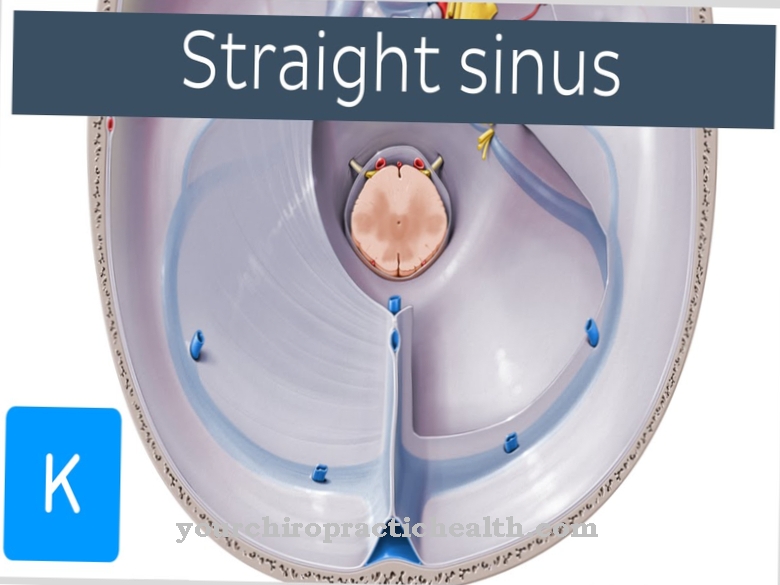
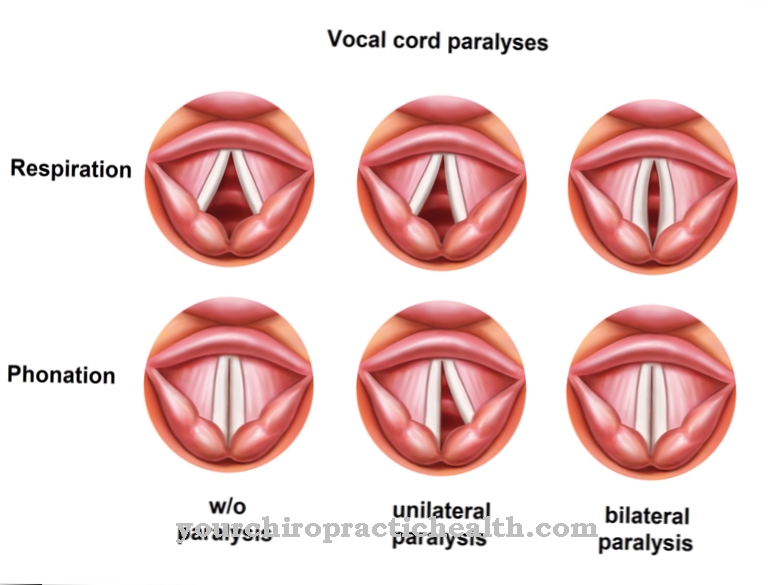






.jpg)

.jpg)
.jpg)











.jpg)